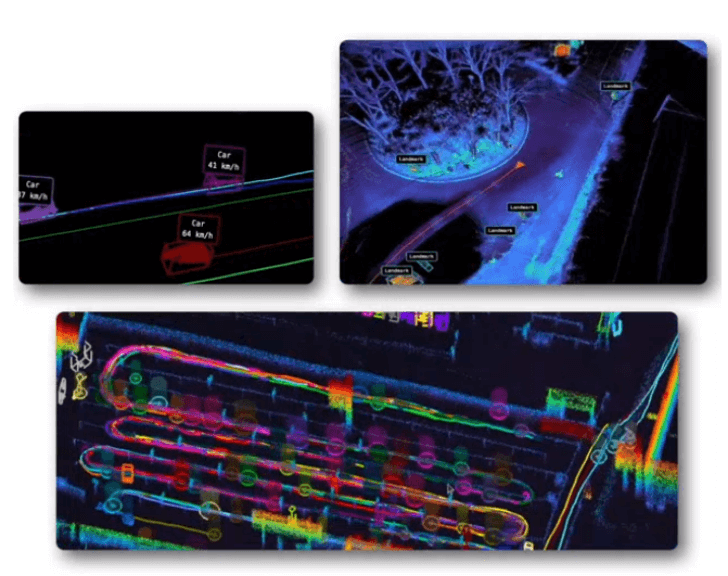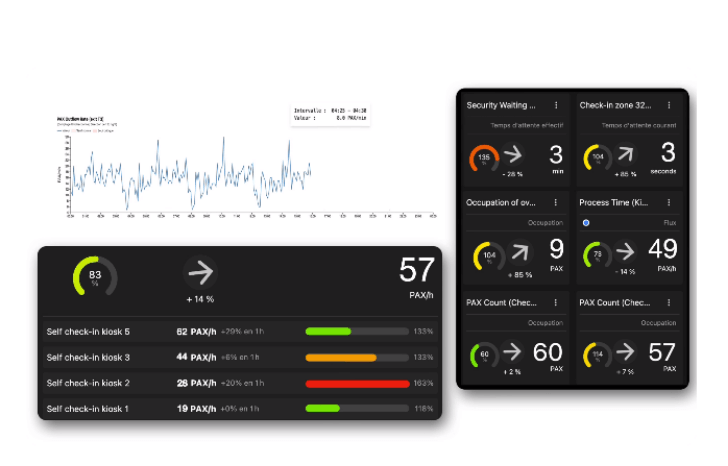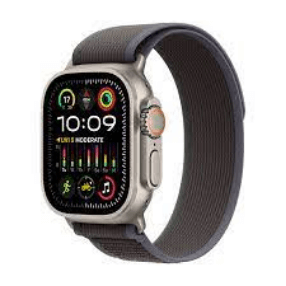Continuous Monitoring
The People Positioning System continuously monitors their movements and locations in real-time. This allows for comprehensive tracking and analysis of personnel activities within the controlled area.

Enhanced Safety
Safety
By tracking the location of workers in real-time, the system can quickly detect and respond to potential safety hazards or emergencies, such as accidents or unauthorized entry into hazardous zones. This proactive approach to safety helps prevent injuries and minimize risks on the construction site.
Improved Accountability
Accountability
The system provides a detailed record of workers' movements and activities, enabling supervisors to monitor productivity levels, identify inefficiencies, and hold individuals accountable for their tasks. This accountability fosters a culture of responsibility and encourages adherence to project timelines and objectives.


Optimized Resource Allocation
Optimized , Allocation
By analyzing tracking data, project managers can gain insights into the utilization of resources, such as equipment and materials, and make data-driven decisions to optimize their allocation. This ensures that resources are allocated efficiently, reducing waste and maximizing productivity on the construction site.
Efficient Workflow Management
Workflow, Management
The system facilitates better coordination and communication among workers by providing real-time visibility into their locations and statuses. This enables supervisors to assign tasks, schedule deliveries, and coordinate activities more effectively, leading to smoother workflow management and project execution.


Prevent Theft and Unauthorized Access
Unauthorized
The system can help prevent theft of equipment or materials by monitoring their movement and alerting authorities to any suspicious activity. Additionally, it can enforce access controls to restrict entry to authorized personnel only, reducing the risk of unauthorized access to sensitive areas of the construction site.

